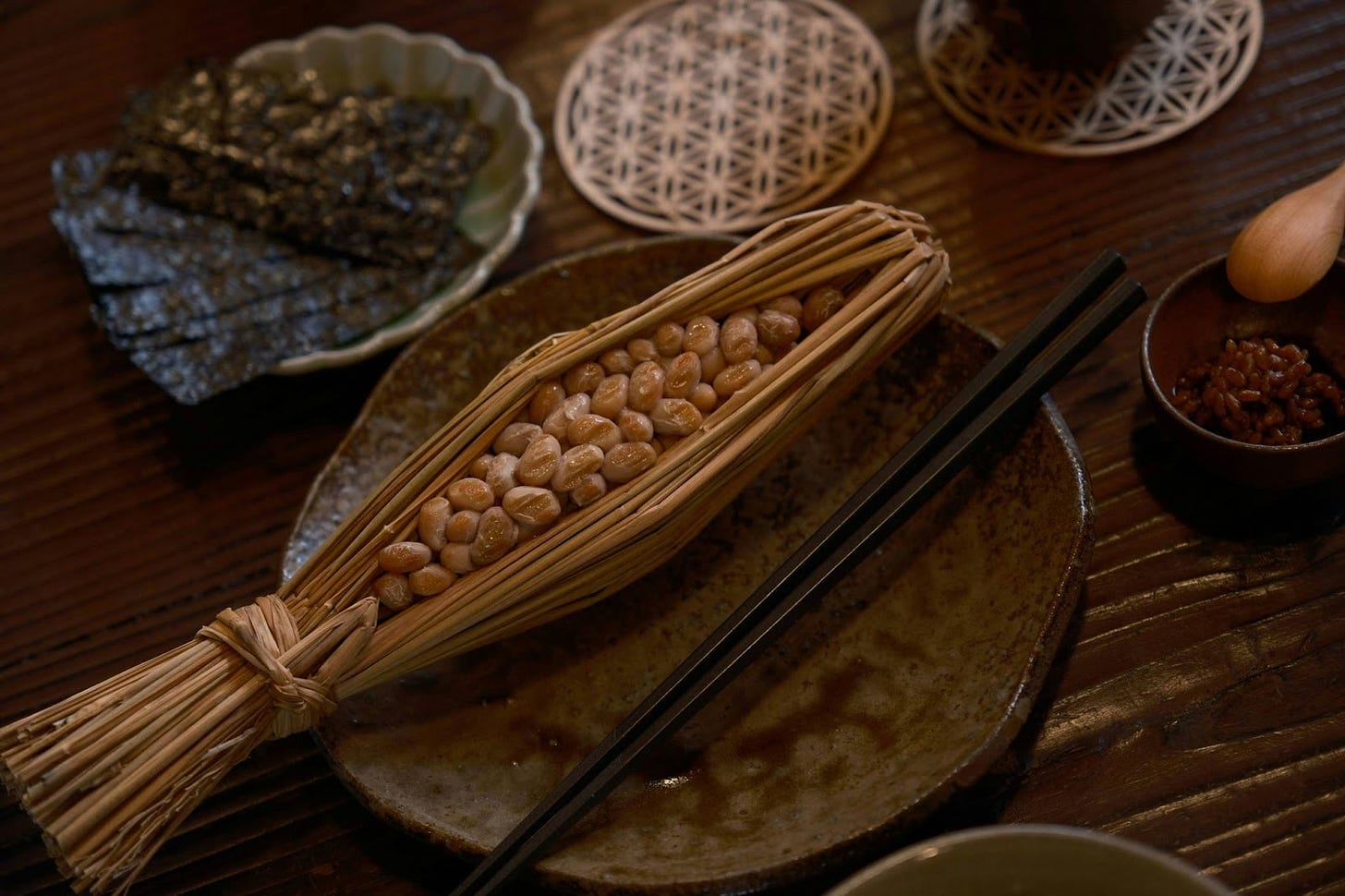Shogun: A Taste of Medieval Japan Through Food
The award winning TV show Shogun through the lens of food
The TV adaptation of Shogun has captured global interest, winning several awards, including four Golden Globes and eighteen Emmy Awards. Based on the novel Shogun by James Clavell, the series is set during the Sengoku period (1467 - 1600), an era marked by significant upheaval as centuries of civil war paved the way for a respite, only to show signs of rupture.
Shogun tells a tale of intrigue, personal and political conflict from the perspective of the story of John Blackthorne, an English sailor inspired by the real-life William Adams, the first Englishman to set foot in Japan. At the heart of the narrative is his relationship with Toranaga Yoshii, modeled on Tokugawa Ieyasu (the founder of the Tokugawa shogunate, which lasted over two centuries), and Lady Mariko, a character based on Hosokawa Gracia, a noblewoman who aids Blackthorne in interpretation and cultural education.
Actor Hiroyuki Sanada, who portrays Toranaga, earned critical acclaim for his nuanced performance. As both lead actor and producer, Sanada prioritized cultural authenticity, working meticulously with specialists from Japan to ensure the series’ portrayal of Japan’s history, customs, and traditions was respectful and accurate. The series pays immense attention to detail: from the actors’ dress, speech, and movements to the sets, costumes, fighting styles, and, of course, the food.
Meals depicted in Shogun reflect the simplicity and refinement of samurai cuisine during the Sengoku period. A typical meal for samurai consisted of rice, soup, fish, side dishes, and pickles, with ceremonial occasions featuring honzen cuisine—an elaborate banquet-style tradition influenced by Buddhist vegetarianism. Carefully arranged on multiple trays, honzen meals were a display of both refinement and ritual, often reserved for honoring lords or the shogun. While honzen cuisine has largely disappeared, it is considered a precursor to modern kaiseki, Japan’s haute cuisine.
Shogun highlights food in everyday life. In one scene, Mariko’s son humorously asks if Blackthorne's hair was like daikon (radish)—fair and bright. Mariko counters that Blackthorne’s hair resembles gobo (burdock root)—dark and somewhat unruly. Both daikon and gobo are staples of Japanese cuisine. Daikon, ubiquitous in dishes such as tempura sauce and oden, is often enjoyed pickled as takuan. Gobo, known for its earthy flavor, is commonly stir-fried with carrots or prepared as tempura.
In another memorable scene, Blackthorne tries natto (fermented soybeans) for the first time. He describes it as "stinky spoiled cheese but quite enjoyable," highlighting its strong odor and sticky texture. Natto, made by fermenting soybeans with Bacillus subtilis, has been consumed in Japan for centuries, with references dating back to the Heian period (794-1185). Traditionally served at tea ceremonies and banquets, natto is now a protein-rich breakfast staple, typically paired with rice and seasoned with soy sauce, mustard, and spring onions.

The arrival of Portuguese missionaries and traders during the Sengoku period introduced new foods that left a lasting impact on Japanese cuisine. Shogun highlights these exchanges, such as in scenes showing Portuguese priests eating a meat and vegetable stew with bread, reminiscent of ensopado de carne com legumes. Portuguese influences are evident in iconic Japanese dishes like tempura, inspired by peixinhos da horta (batter-fried vegetables), and castella, a sponge cake that remains a beloved treat.
The commitment to authenticity by the producing team of Shogun also extended beyond the screen. Producer Eriko Miyagawa revealed that Japanese chef Moet Nozaki Lee provided traditional bento boxes for the cast and crew, featuring dishes like chikuzenni, a chicken and vegetable stew. These efforts ensured that the cast and crew—many of whom were from Japan—felt at home in Vancouver, Canada where the filming took place.
Shogun is slated to return for additional seasons, and while the first season fully covers the material from Clavell’s novel, future installments may draw inspiration from significant historical events. Potential themes include the monumental Battle of Sekigahara, Blackthorne’s evolving integration into Japanese society, and the establishment of the Tokugawa shogunate. Although food is not the primary focus, it plays a vital role as a lens through which Japanese culture and etiquette are showcased, particularly from Blackthorne’s perspective. This highlights the stark contrast between his Western palate and Japanese cuisine. Given the production team’s unwavering commitment to authenticity, it is highly likely that food will remain an integral element in exploring Japan’s cultural history in the forthcoming seasons.
Note
Good summary of the history of the show/novel and the time period at FX. It’s very introductory, but I highly recommend watching it and reading the introduction on the site before watching the show (or after)
https://www.fxnetworks.com/shows/shogun/viewers-guide/timeline-and-history
Tasting History YouTube channel by Max Mills covers the shogun banquet in this video and cooks some of the food! His research is detailed and on point delivered in a really fun way.
Selected Sources
教養としての和食: 食文化の歴史から現代の郷土料理まで Tankobon Softcover
https://www.kikkoman.com/jp/kiifc/foodculture/pdf_12/e_002_006.pdf
https://mizutamari-shokuhin.jp/takuan/about.html
https://www.geog.lit.nagoya-u.ac.jp/yokoyama/natto/natto_index.html
https://www.hollywoodreporter.com/tv/tv-news/shogun-season-2-and-3-in-the-works-fx-hulu-1235901617/




This post was mindblowing! Thank for it and for sharing all your sources too! 🤓